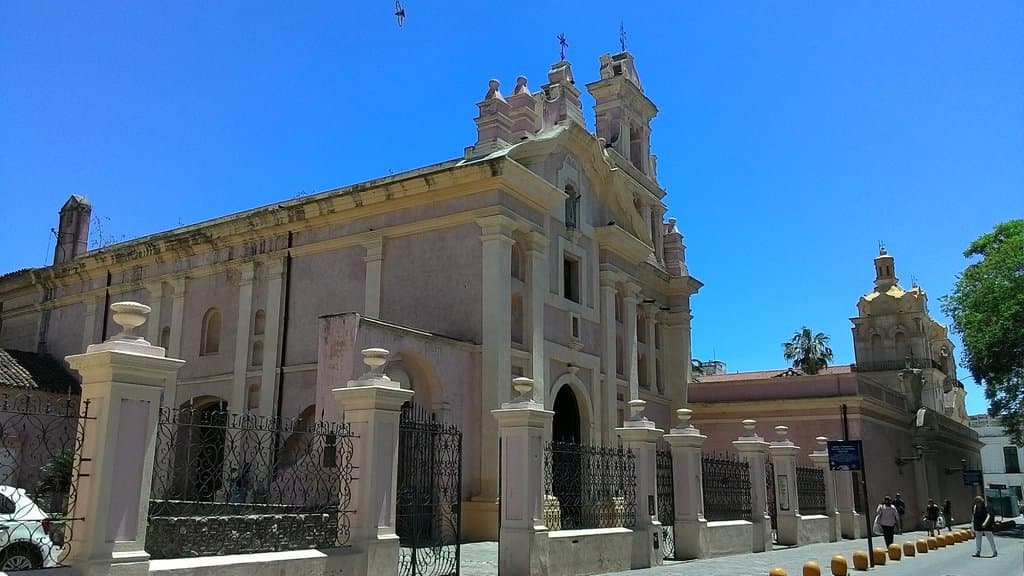
Iglesia y Convento de Santa Teresa
A stunning Baroque church and convent, offering a glimpse into the contemplative life of the Discalced Carmelites and the legacy of Santa Teresa de Je...
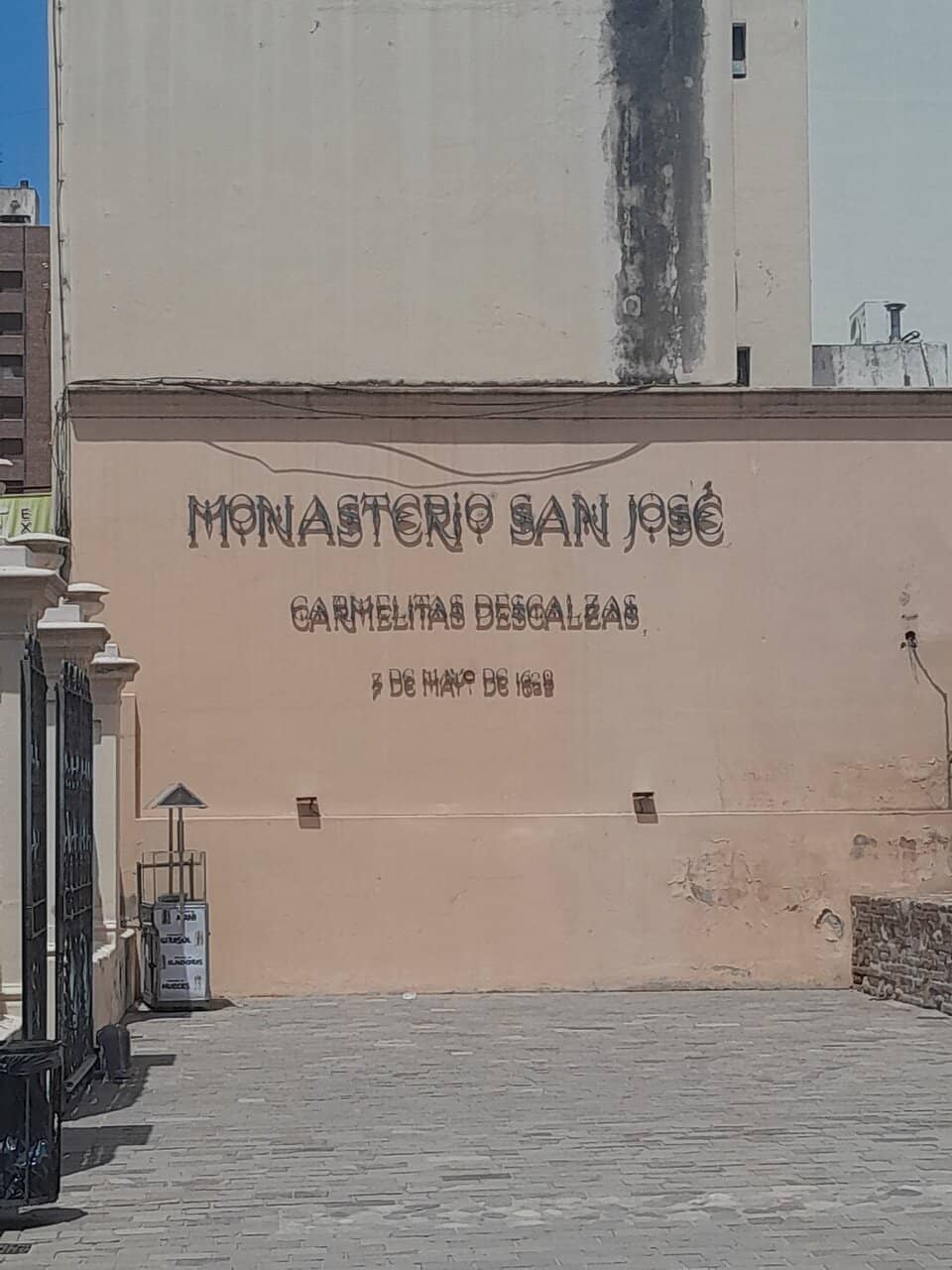
Highlights
Must-see attractions

Social
From TikTok & Reddit
Best Time
Fewer crowds, peaceful atmosphere

Iglesia y Convento de Santa Teresa
Best Time
Fewer crowds, peaceful atmosphere

Highlights
Must-see attractions
A stunning Baroque church and convent, offering a glimpse into the contemplative life of the Discalced Carmelites and the legacy of Santa Teresa de Jesús.
"A true gem of architectural and spiritual significance, offering a peaceful retreat."
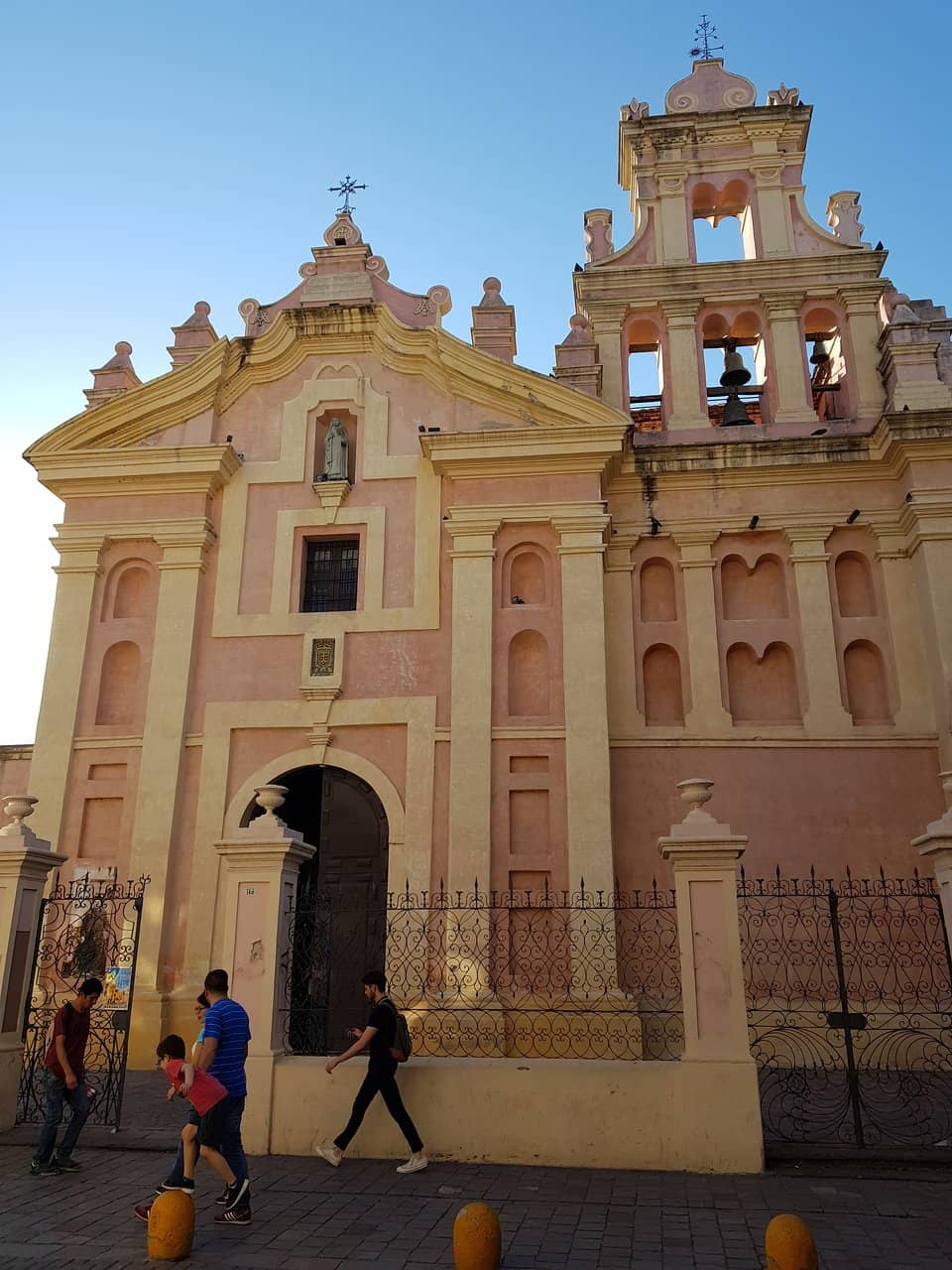
Dress Modestly
Cover shoulders and knees out of respect for this religious site. :pray:
Check Hours
Opening times can vary; confirm before your visit to avoid disappointment. :clock1:
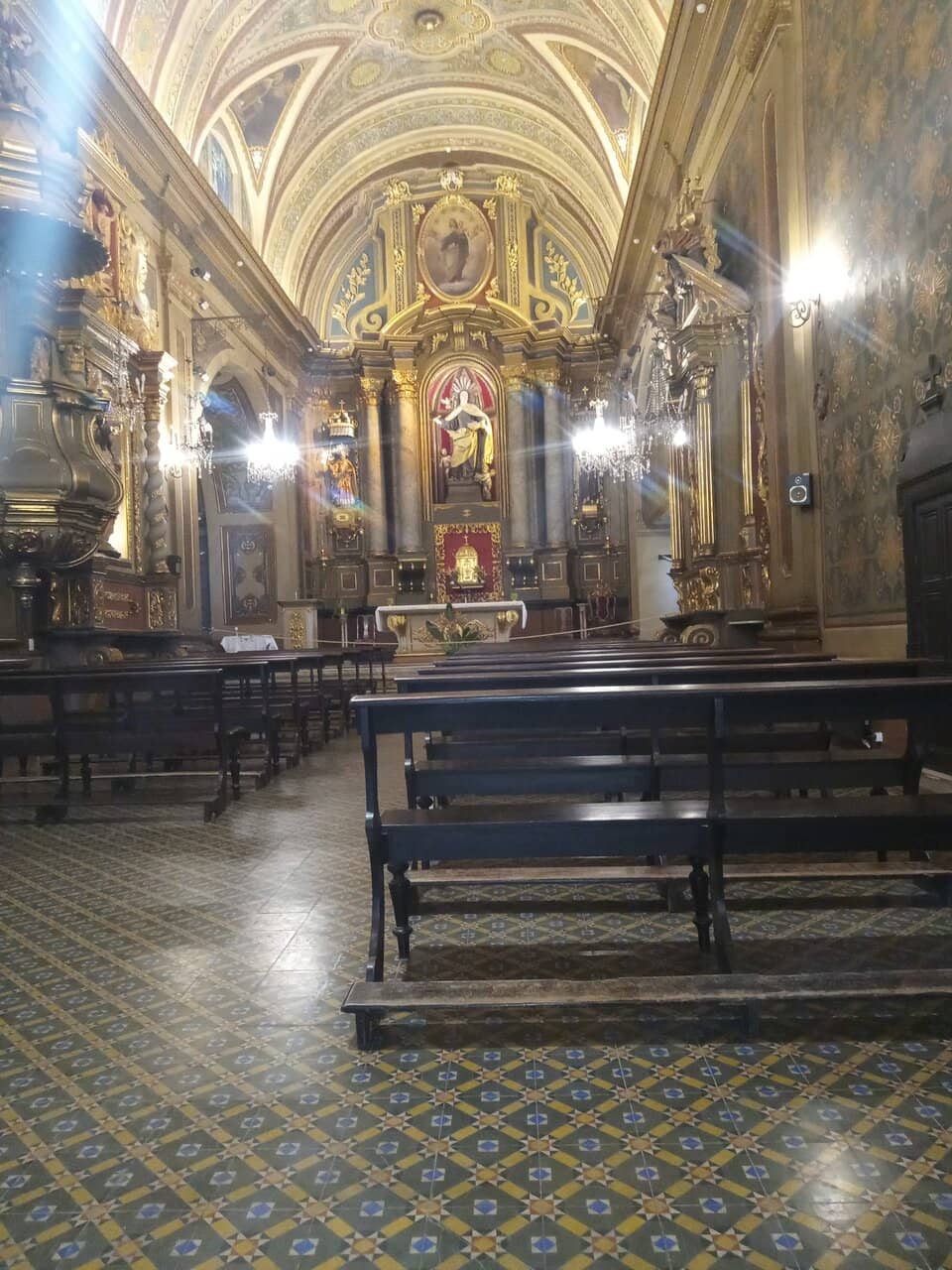
Highlights
Discover the most iconic attractions and experiences

Architectural Grandeur
Main Church
Marvel at the stunning Baroque architecture, a testament to historical craftsmanship and devotion.

Cloistered Life Insights
Museum/Exhibition Area
Discover artifacts and displays offering a glimpse into the daily lives and habits of the cloistered nuns.
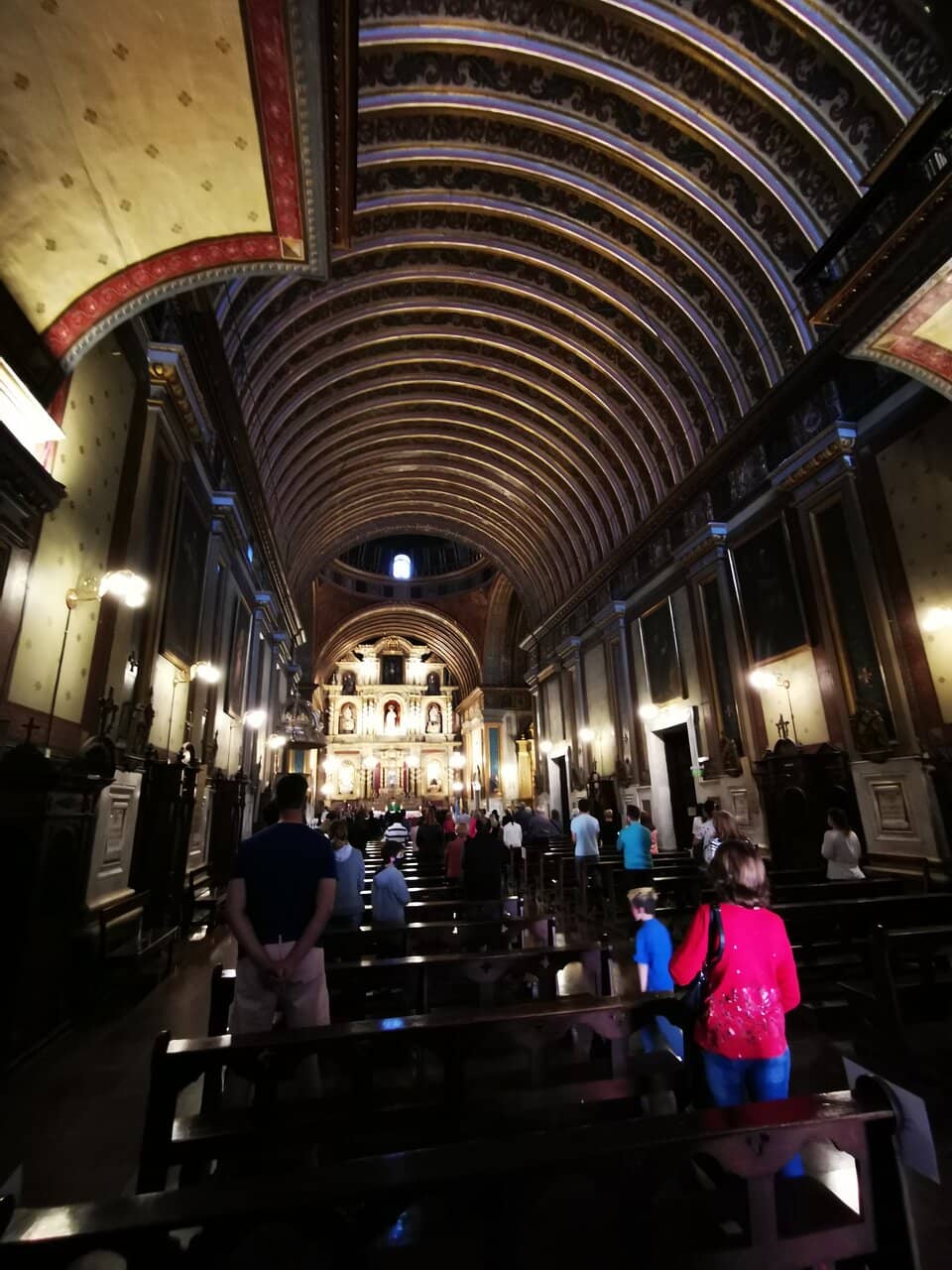
Tranquil Courtyard
Central Courtyard
Find serenity in the peaceful courtyard, often adorned with lemon trees, offering a moment of calm.
Plans like a pro.
Thinks like you
Planning Your Visit
Respectful Attire is Key
Plan Your Visit Timing
Best Times
Insider Tips
from TikTok, Instagram & Reddit
Dress Modestly
Cover shoulders and knees out of respect for this religious site. :pray:
Check Hours
Opening times can vary; confirm before your visit to avoid disappointment. :clock1:
Quiet Reflection
Embrace the peaceful ambiance for a truly contemplative experience. :personinlotus_position:
Photography Etiquette
Be mindful of where photography is permitted; ask if unsure. :camerawithflash:
Tips
from all over the internet
Dress Modestly
Cover shoulders and knees out of respect for this religious site. :pray:
Check Hours
Opening times can vary; confirm before your visit to avoid disappointment. :clock1:
Quiet Reflection
Embrace the peaceful ambiance for a truly contemplative experience. :personinlotus_position:
Photography Etiquette
Be mindful of where photography is permitted; ask if unsure. :camerawithflash:
What Travellers Say
Reviews Summary
Visitors consistently praise the Iglesia y Convento de Santa Teresa for its stunning Baroque architecture and the serene atmosphere, offering a glimpse into the contemplative life of the Discalced Carmelites. While the beauty of the site is undeniable, some visitors have noted specific practices regarding religious rites that may not align with all Catholic traditions.
"If you're a Catholic accustomed to receiving the Holy Eucharist in the mouth, don't go there. They denied me access yesterday, which was violent and not a right of the priest. The place is beautiful."
Carmen Saraví
"Legend has it that during the winter of 1622, the youngest daughter of the marriage formed by Juan de Tejeda and Ana Maria Guzmán, named María Magdalena, who was 12 years old at the time, began to deteriorate in health. As the days passed, seeing that the girl did not improve, Juan asked Santa Teresa de Jesús to perform a miracle on the young girl in exchange for, at the corresponding age, his daughter would become a cloistered nun of the Order founded by Saint Teresa, the Discalced Carmelites. To this end, he would build a monastery in honor of the saint."
Santiago
"Both the Monastery and the Church are beautiful architectural treasures in the American Baroque style of Córdoba. Both are also known as the "Convent of the Teresas," founded in 1628 by Juan de Tejeda. He donated his house for the construction of the Monastery of San José de las Carmelitas Descalzas and later founded the Temple of Santa Teresa de Jesús. These buildings were declared a National Historic Monument in 1941."
Marcelo Tott (Chelo)
What People Like
What People Dislike
Frequently Asked Questions
🚇 🗺️ Getting There
The Iglesia y Convento de Santa Teresa is often located in historic city centers, making it accessible by walking if you're already in the area. Public transportation like buses or trams are usually good options for reaching these central locations. Check local transit maps for the most convenient routes.
Parking in historic city centers can be challenging. Look for public parking garages or street parking, but be prepared for potential fees and limited availability.
Many city tours include visits to significant religious and historical sites like the Iglesia y Convento de Santa Teresa. This can be a great way to get context and see multiple attractions efficiently.
🎫 🎫 Tickets & Entry
Entry to the church itself is often free, but there might be a fee for visiting specific museum sections or exhibitions that showcase the convent's history and artifacts. It's best to check on-site or their official website for current admission policies.
Opening hours can vary, especially for religious sites. It's highly recommended to check the official website or contact the convent directly for the most up-to-date information on visiting times.
As a religious institution, visitors are expected to dress modestly, covering shoulders and knees. Some areas might have restricted access for religious services or the privacy of the cloistered nuns.
Yes, many churches like the Iglesia y Convento de Santa Teresa hold regular religious services. Check the schedule for mass times if you wish to attend.
🎫 ⛪ Onsite Experience
Visitors can admire the church's beautiful Baroque architecture, explore exhibits detailing the lives of the Discalced Carmelites, and find peace in the tranquil courtyards.
While the convent is a living religious community, certain areas may be accessible for visitors to learn about the nuns' way of life, often through dedicated museum sections. Direct access to their private living quarters is typically not permitted.
The historical and architectural aspects can be interesting for older children. However, the contemplative nature of the site might be less engaging for very young ones. Ensure children are supervised and respectful of the quiet atmosphere.
Photography rules can vary. While some areas may allow photos, it's crucial to be respectful and check for signage or ask staff before taking pictures, especially in sacred or private areas.
The Discalced Carmelites are a contemplative religious order founded by St. Teresa of Jesus, known for their austere lifestyle and deep spirituality. The convent is dedicated to their order.
🍽️ 🍽️ Food & Dining
Typically, religious convents do not have on-site restaurants or cafes for the public. You'll likely need to find dining options in the surrounding neighborhood or city.
The cuisine will depend on the city where the convent is located. Expect to find local specialties, traditional dishes, and a variety of dining experiences from casual to more formal.
📸 📸 Photography
The church's ornate altarpieces, intricate facades, and serene courtyards offer excellent photographic opportunities. Capture the architectural details and the peaceful ambiance.
Always be mindful of signage regarding photography. Flash photography is often prohibited inside churches, and certain areas might be off-limits for photos to maintain the sanctity of the space.
Morning light can be beautiful for exterior shots, while softer, diffused light in the afternoon might be better for interior details. Consider visiting during quieter hours to avoid crowds.
For Different Travelers
Tailored advice for your travel style
👨👩👧 Families with Kids
To make the visit more engaging, consider focusing on specific aspects like the impressive church interiors or the peaceful courtyards. You could also research stories about Santa Teresa beforehand to share with your children. Remember to emphasize the importance of quiet behavior and respectful attire to ensure a positive experience for everyone.
🙏 Devout Catholics
It's worth noting that some visitors have expressed concerns about specific practices, such as receiving communion. It's advisable to be aware of the local customs and regulations within the church regarding religious rites. The architectural splendor and the atmosphere of devotion are often highlighted as deeply moving aspects of visiting these convents.
🏛️ History & Architecture Enthusiasts
Beyond the aesthetics, the convent's history, particularly its connection to Santa Teresa de Jesús and the Discalced Carmelites, offers rich historical context. Exploring the museum sections can provide insights into the lives of the nuns and the development of religious orders. It’s a chance to see history come alive through tangible structures and preserved artifacts.
Deep Dives
In-depth insights and expert knowledge
The Legacy of Santa Teresa de Jesús
These convents are not just places of worship but also historical landmarks that preserve the spirit of St. Teresa's reforms. They represent a commitment to a life of prayer, penance, and devotion. Many of these sites are architectural gems, reflecting the styles of their eras, from Renaissance to Baroque, and often house valuable religious art and artifacts. Visiting them offers a chance to connect with a rich spiritual heritage and understand the enduring impact of St. Teresa's work.
For those interested in religious history or the life of saints, exploring these convents provides a tangible link to the past. The contemplative nature of the Discalced Carmelites means that these sites often retain a profound sense of peace and spirituality, offering visitors a unique and moving experience.
Architectural Styles and Significance
Beyond the Baroque, some convents might incorporate elements of other styles, depending on their location and construction history. For instance, the Jesuit block in Córdoba, where one such convent is located, is a significant historical area, and the convent itself is considered a National Historic Monument. The architectural significance lies not only in the aesthetic beauty but also in the historical context, representing the religious and cultural aspirations of their time. The use of local materials and traditional building techniques also adds to their unique character.
When visiting, take time to appreciate the craftsmanship. Look for details in the stonework, the woodwork of the altarpieces, and the overall layout of the church and convent. These buildings are not just places of worship but also architectural treasures that tell stories of faith, art, and history.
The Cloistered Life: A Glimpse Within
While the nuns live in seclusion, some convents dedicated to Santa Teresa offer visitors a unique opportunity to learn about this way of life. Through museum exhibits or designated visitor areas, one can see artifacts, religious items, and displays that illustrate the daily routines, habits, and spiritual practices of the cloistered sisters. These insights provide a fascinating glimpse into a world dedicated to faith and contemplation, often highlighting the simplicity and devotion involved.
It's important to remember that these are active religious communities. Visitors are expected to be respectful of the nuns' privacy and the sanctity of their home. The experience is less about direct interaction and more about understanding and appreciating a profound spiritual commitment.

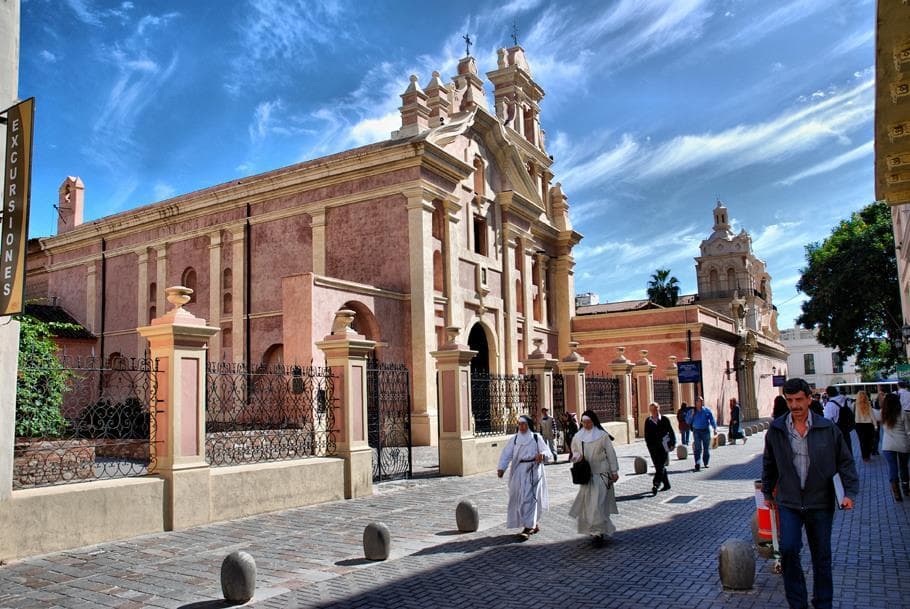
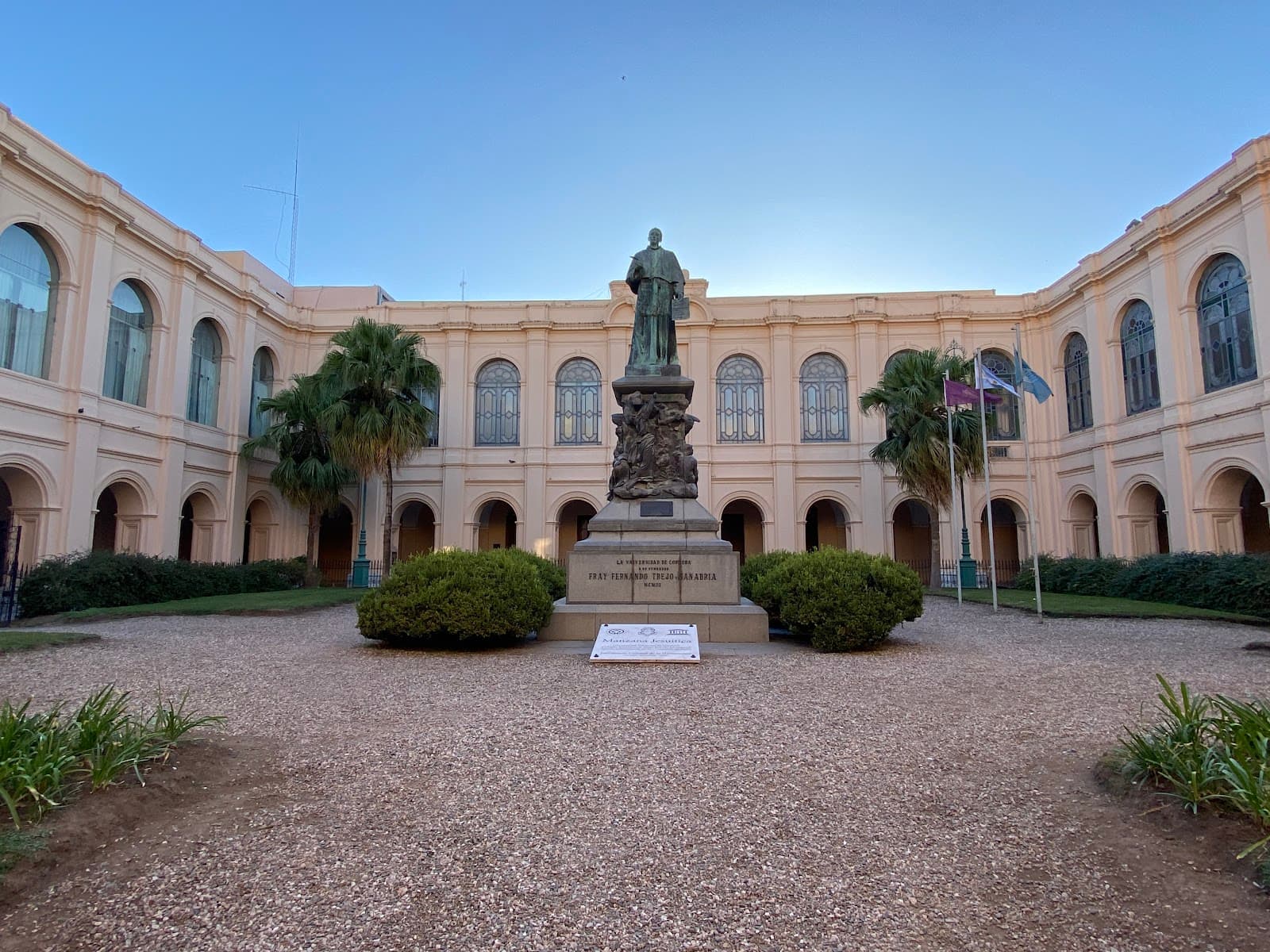
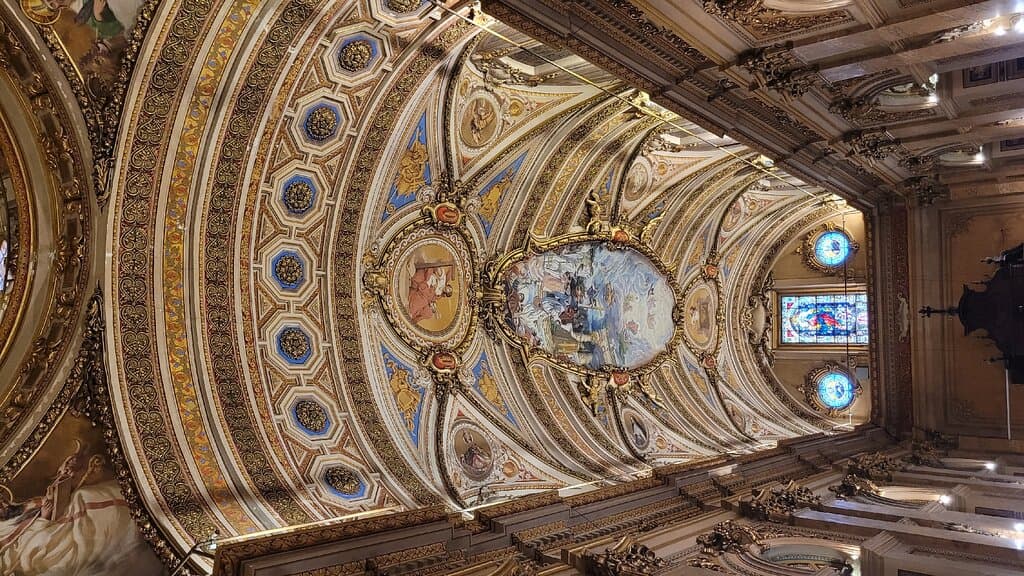

Social
from TikTok, Instagram & Reddit